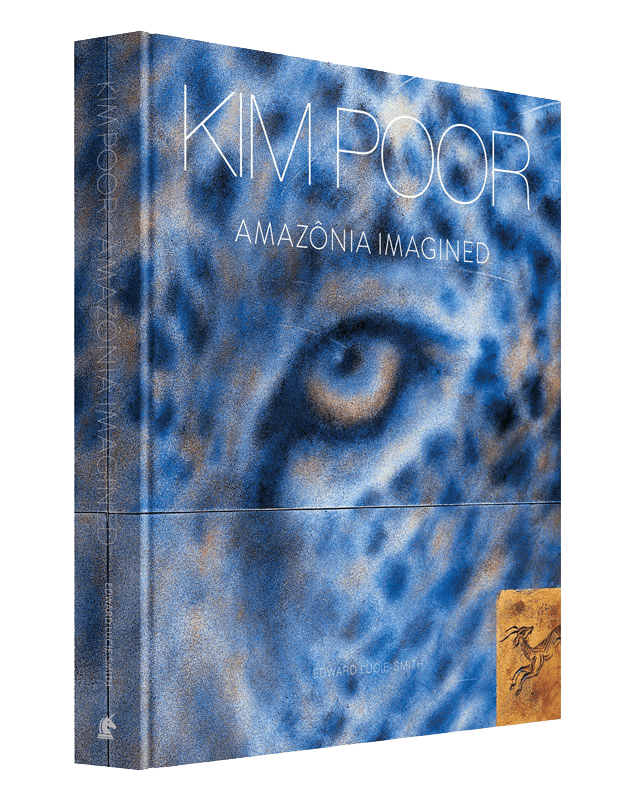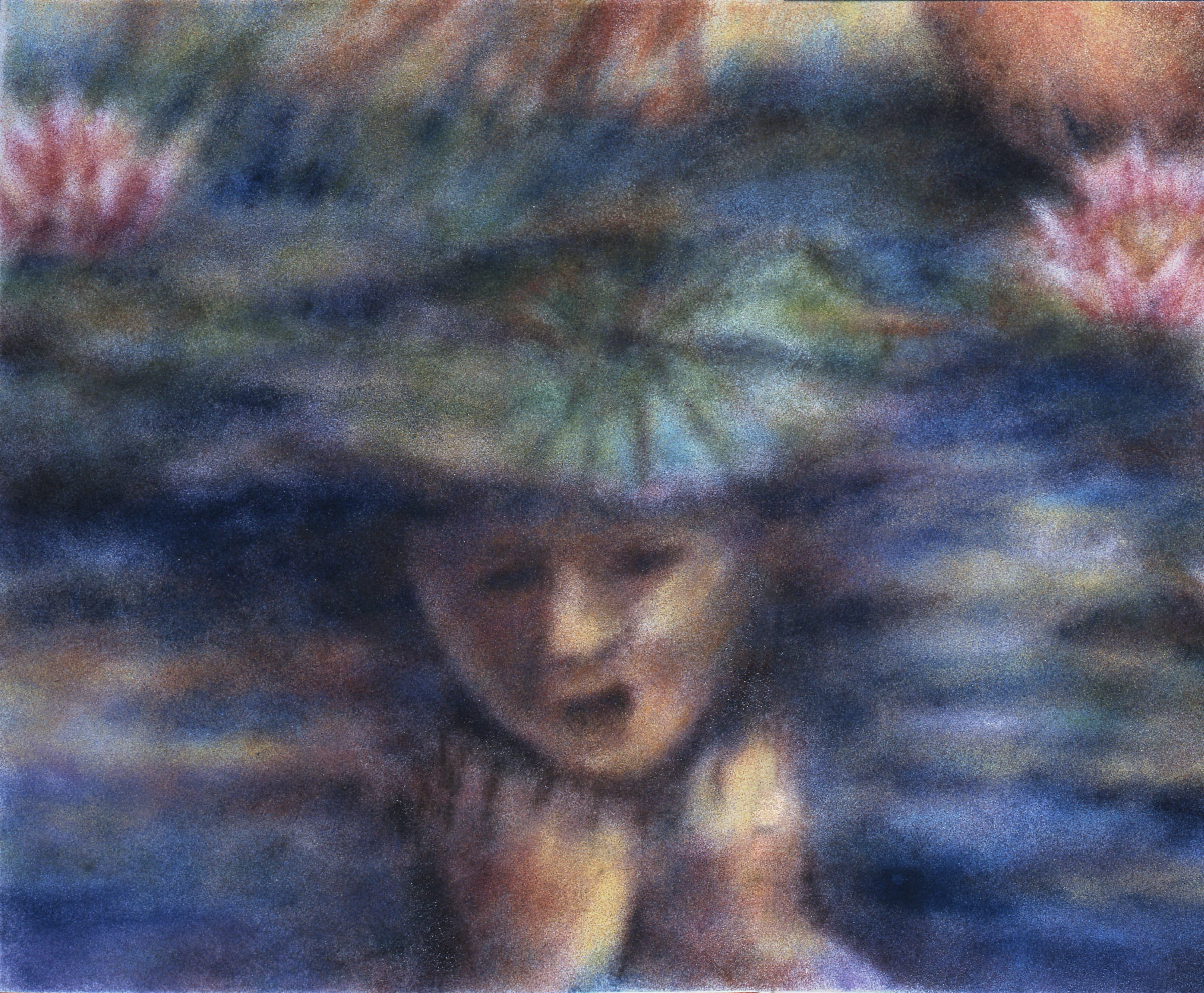Amazônia Imagined
by Edward Lucie-Smith
Available now from Amazon · BookDepository · Waterstone's · WH Smith · Blackwells
“AMAZÔNIA IMAGINED IS AT ONCE A CELEBRATION AND A LAMENT FOR SOMETHING PRECIOUS THAT IS ABOUT TO VANISH FROM THE FACE OF THE EARTH”

“IT IS AN ARTIST’S DUTY TO SEE BEYOND THEIR EYES”
Amazônia Imagined brings together the work of Brazilian artist Kim Poor and the text of art historian Edward Lucie-Smith.
An important and beautiful document, it preserves a vital link to the past that is stored in the minds of the Amazonian peoples. It is a book that will have an instant appeal for those who are interested in the preservation of the Brazilian rainforest and the fate of the native Amazonian Indian. An elegantly conceived and executed tribute to these indigenous peoples and to this Brazilian artist’s inimitable and pioneering technique, named ‘Diaphanism’ by Salvador Dali.
Edward Lucie-Smith is generally regarded as the most prolific and the most widely published writer on art. A number of his art books, among them Movements in Art since 1945, Visual Arts of the 20th Century, A Dictionary of Art Terms and Art Today are used as standard texts throughout the world.
Kim Poor is a Brazilian artist working in London and Rio. She has exhibited all over the world, including major solo shows at the Museum of Modern Art in Rio and in São Paulo with her Legends of The Amazon multimedia exhibition, raising awareness of something precious which is about to vanish from the earth. In the 70s Salvador Dali christened her technique of fusing glass powder on steel plate ‘Diaphanism’ and her CV also includes over 30 record sleeves and a book illustrating music by the English group, Genesis.
Unicorn Press is an independent publisher producing high quality illustrated books on art, cultural history and military history. Working with many well known artists such as Maggi Hambling and David Inshaw and estates such as Laurie Lee, H E Bates and Gavin Maxwell the list represents all that is best in modern art and culture as well as re-publishing some of the classic works of the 20th century.

The Amazonian Indian see beasts such as the jaguar, or the planets tracing paths in the sky, as articulate personalities, as much part of their extended family as tribal siblings. It is this quality of belonging that Kim Poor seizes, in a magical series of pictures that have already been widely exhibited in her native country. She fuses her work with the legends of Amazonia to become part of them, an inseparable component of the complex Amazonian matrix.
The paradox is that she chooses highly technological means of doing this. An extremely demanding medium - glass and pigment - fused, with ferocious heat, onto steel. Once fired the glass particles cling firmly and produce colours of astonishing depth and translucency.
Kim Poor is looking for a way of finding true, durable equivalents for the colours and textures of the Amazonian rainforests and for the shimmering hues of the creatures that inhabit them.
Light strikes through the surface of painting created with glass powder and is reflected back from the metal ground. This gives Kim Poor’s work its characteristic glow and depth. It changes unpredictably as light strikes from different angles or with varying degrees of intensity.
The bloom of the colour is enhanced by another special characteristic, an absence of outlines. Forms are built from minute speckles of colour; the image has no firm boundaries. Subtle optical variability is one of their chief properties - the spectator’s eye is never quite at rest. One is always in dialogue with an ever-shifting surface. This, the images tell you, is what happens when you look, and hold your breath. The magical moment is yours forever, just as it was for the artist. The work offers an almost frightening sense of permanence, given the recalcitrant materials from which it is made.
The dreamlike quality of Kim Poor’s work does, of course, tend to align itself with things that have often aroused comment both in Latin American art and in Latin American literature. In a broad sense we have here yet another example of Magical Realism that can be found in the work of great contemporary Latin American writers such as Gabriel Garcia Marquez, Mario Vargas Llosa and Isabel Allende. Her work shares with theirs not only a dreamlike atmosphere but an undoubted, though often oblique, narrative thrust and, at the same time, a typically Latin American concern with urgent contemporary problems: in this case the ecological problems that threaten the whole Amazon basin, and the tribal peoples who live there.
Edward Lucie-Smith
Copyright © 2017 Kim Poor, All rights reserved.
All images Copyright © 2017 Kim Poor, All rights reserved.
All images Copyright © 2017 Kim Poor, All rights reserved.